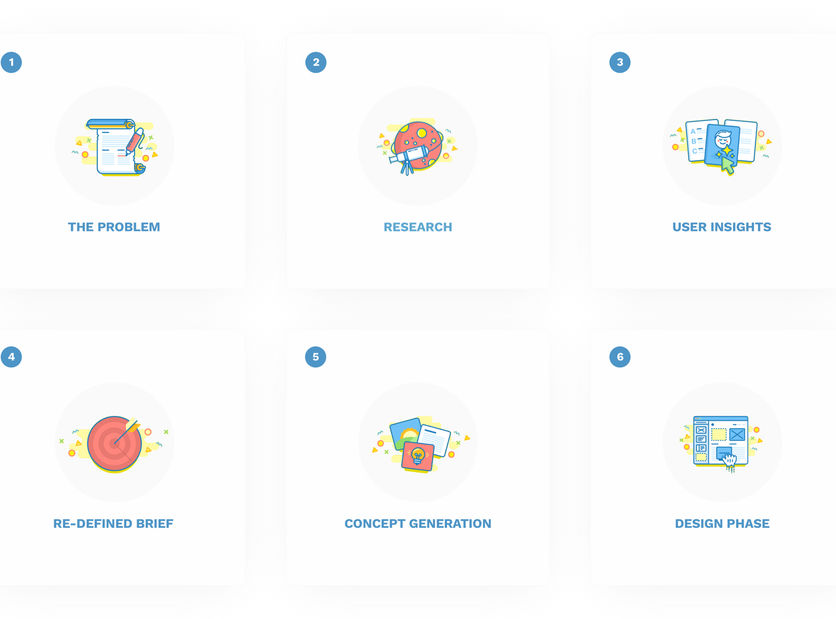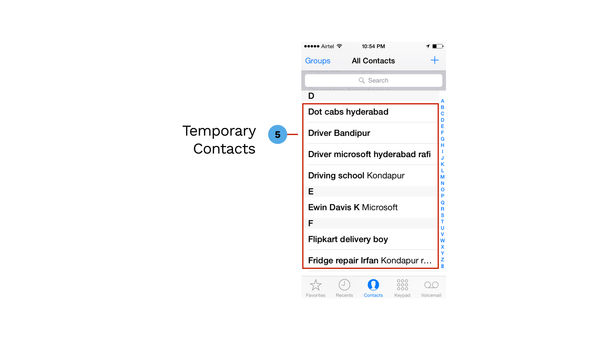2015. Graduation Project
Microsoft People
A phonebook reimagined with the behaviours of next Gen

My Role
The internship was 6 months long which started in April 2015 and ended in September 2015. My role was to apply the design process to develop and redesign a new phonebook. I conducted research to trigger user pain points, struggles, and expectations. With careful observations, the user insights were developed that helped in creating a vision for the project and create goals for the application. In the design phase, I kept in continuous feedback loops with mentors, developers and in the end, delivered a Proof of Concept for the project. I tested the product with users to validate and get user reactions and implemented further changes.
I would like to sincerely thank my mentors at Microsoft, Sagar Shastry, UX Designer 2, and Pratik Mistry UX Designer 2 for extending their support all through the project and my project guide Mr. Chankradhar Saswade, Professor and course co-ordinator of Information and Interface Design at NID, Bangalore.
Project Timeline and Process
Project Understanding
With mobile phones being the primary communication device of the future, it will have a profound impact on the way people communicate and network. With communications operated by a multitude of apps and social networks that span beyond the phone number, the Address Book, in its archetypal list of phone numbers might be outdated and the complexity of managing a contact will be multiplied. There is a complex system that has generated due to the fragmentation of communication channels across phone numbers, emails, and social networks, the core problem to which is information management. All communication mediums and networking sites are a part of our phonebook one way or the other and have a unique system of storing data on our devices. They are either taking data or infusing data on our mobile devices. The structure of a phonebook thus, is evolving with technology and these connected networks, but also generating information duplicates and clutter. Streamlining all the fragmented data, incorrect, duplicate and updated data should not be a manual task. There is a need of a universal system that understands the context and the content of a human communication and is socially aware of human environmental changes.
What is a Contact?
Contacts in the realm of smartphones are both, where the phonebook contact is the noun and to be able to connect with the person via a medium is the verb. The phonebook is a directory in which the contacts are stored in alphabetical order.



The lifecycle of contact starts with creating a contact, which is comprised of the name string and the phone number string, saved in a form type database in a phonebook. The information may vary depending upon information availability. More details mean richer contact information but this does not represent the relationship tie between contact and contact holder. Plus this does not also ensure that the number that was saved at some point in time will always remain the same for the contact. This leads to editing and updating contact information, which is essentially contact management. This leads to other issues like outdated, misleading contacts and miscommunications i.e Contact Retention.
Research



Primary Research Focus



User Observations
Opportunity Areas







Personas



































